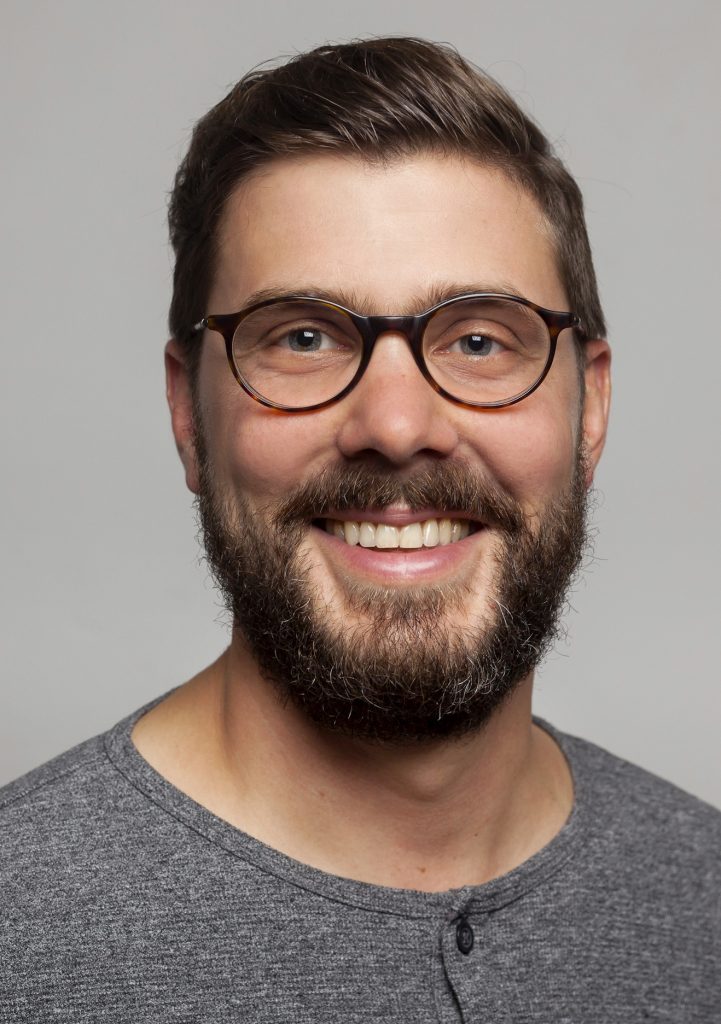
Dr. rer. nat. Johannes Neubauer
Director Development
adesso SE
http://www.adesso.de
Germany
Education
- Ph.D. in Computer Science with distinction,
Oct 2008 — Jul 2014, TU Dortmund, Germany.
Title: Higher-Order Process Engineering
Advisor: Prof. Dr. Bernhard Steffen
Second Assessor: Prof. Dr. Mike Hinchey - Diplom (M.Sc.) in Computer Science, Oct 2003 — Sept 2008, TU Dortmund, Germany.
Minor: business administration (BA)
Title: Entwicklung eines jABC Plugin zur grafischen Beschreibung von Transformationen strukturierter Daten (Development of a jABC Plugin for the Graphical Specification of Transformations of Structured Data)
Project group: Lightweight Pocess Coordination in the Context of the DBLP Uni Trier
Work Experience
- Director (Business Unit Lead), Aug 2023 — now, adesso SE, Line of Business Cross Industries, Business Unit West Germany
- Vice President, Jan 2023 — Jul 2023, Materna Information & Communications SE, Ressort Industries, Software Factory Cloud
- Head of Cloud Software Development, Jul 2021 — Jul 2023, Materna Information & Communications SE, Digital Transformation, Software Factory
- Manager (team leader), Feb 2019 — Dec 2022, Materna Information & Communications SE, Digital Transformation, Software Factory, Cloud & Mobile & Innovation
- Master project manager, Nov 2018 — Jan 2019, Materna Information & Communications SE, Digital Enterprise, Applications and Portals
- Senior project manager, Oct 2017 — Oct 2018, Materna Information & Communications SE, Digital Enterprise, Applications and Portals
- Postdoctoral researcher, Oct 2014 — Sept 2017, TU Dortmund, Chair of Programming Systems
- Research assistant, Oct 2008 — Sep 2014, TU Dortmund, Chair of Programming Systems
- Research stay, Oct 2013, At the Institute of Biomedical Sciences of the University of São Paulo (Brazil): flexible data-modeling for cancer research.
- Student assistant: Oct 2005 — Sep 2008, TU Dortmund, Chair for Programming Systems
- Entrepreneur: 2001 — 2021, Johannes Neubauer GbR
Software development in the context of web applications (e.g. with Beepworld GmbH) - Entrepreneur: 2015 — 1019, Infenius UG (haftungsbeschränkt)
Development of mobile games and apps for the iOS (Swift and Objective-C) and Android (Java and Kotlin) platform
Professional Expertise
Here you can find some projects I participated in: Projects (excerpt)
Entrepreneur: (esp. 2001-2004 and 2015-2021)
- Mobile game: Fusionate
- XML-Processing project for the Aziza GmbH
- Java Applet/WebStart Client for Beepworld Chat Application
- Forum application for Beepworld GmbH
- Advertising flash-game BeepFighter for Beepworld GmbH
- Flash guestbooks, and buttons for the web page builder tool of Beepworld GmbH
Professional Skills & Competencies
Here you can find my Skills & Competencies.
Research Interest
Here you can find my Research Interest.
Professional Services
- Workshop Instructor:
- STRESS’14 (Colocated to ISOLA 2014): SCCE: Variability and Evolution through Integrated Domain, Data and Process Modeling
- SOFSEM17 (Ireland, Limerick): CINCO: A Language Workbench for Domain-Specific Graphical Modeling Environments
- Committee Member:
International Symposium on Software Testing and Analysis, Artifact Evaluation, ISSTA-AE - Reviewer: TACAS, ICGI, FM, VMCAI, STTT, AVOCS, VSSTE
Publications
You may find my publications on google scholar.
Teaching
You may find my teaching experience here.